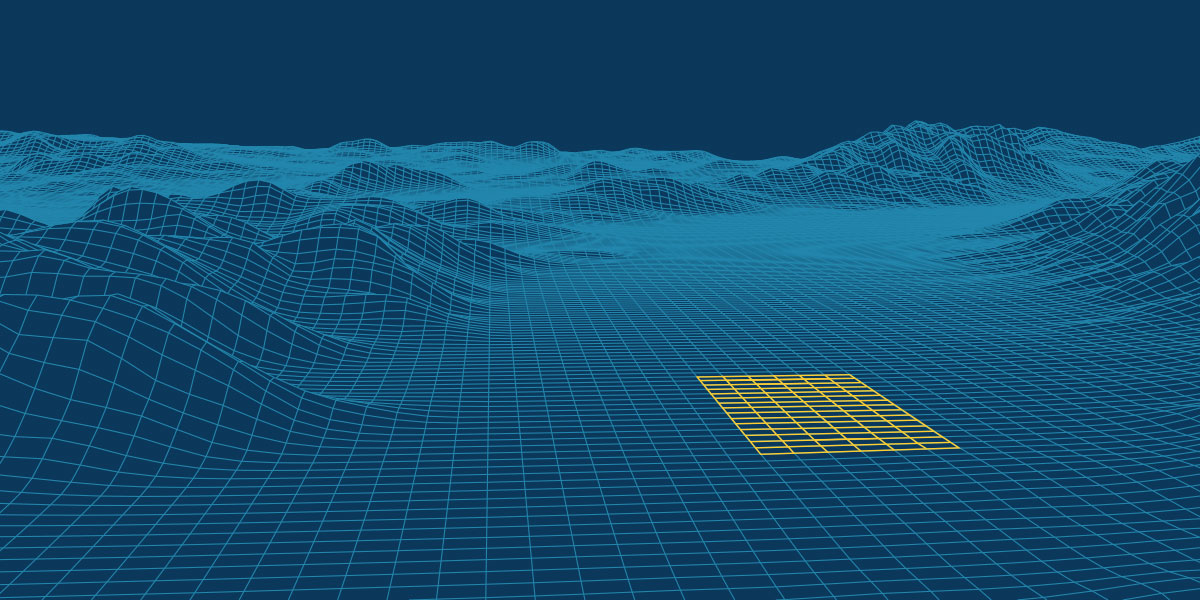Measuring Military Microgrid Resilience - Energy Academic Group

Measuring Military Microgrid Resilience
By Douglas Van Bossuyt, PhD Assistant Professor NPS Systems Engineering Department
An article titled “Analyzing Mission Impact of Military Installations Microgrid for Resilience” was recently published in the MDPI Systems Journal that develops a method to model, analyze, and design military microgrids with the objective to improve their resilience in the face of disconnections from the larger electrical grid. The work is part of Christopher Peterson’s master’s thesis, an NPS student who graduated in 2019 from the Naval Postgraduate School’s (NPS) Systems Engineering (SE) master’s program. Chris is currently a Lead Systems Engineer at Naval Facilities Engineering Systems Command (NAVFAC) and is located at Joint Base Ventura.
Many tools and methods for microgrid design and assessment do not adequately address resilience in terms of accomplishing mission objectives, and instead primarily focus on economic outcomes. In many civilian microgrid cases, the value of resilience can be defined in terms of real dollars such as in industrial applications where the loss of production or material in process due to a power loss can be determined. For military microgrids, the “product” is national defense, which does not have an easily defined value. Chris’s article proposes a novel metric (expected electrical disruption mission impact (EEDMI)) to quantify microgrid resilience in terms of its ability to minimize the impact of power disruption on missions supported by the microgrid. EEDMI is used in a design method to ensure a military microgrid that has been islanded from the civilian grid through a disruptive event is able to continue mission critical operations through two weeks of no off-site power.
Chris worked with Dr. Douglas L. Van Bossuyt and Dr. Ron Giachetti (NPS Systems Engineering Department) and Dr. Giovanna Oriti (NPS Electrical Engineering Department) as part of his master’s thesis to develop his novel approach to measuring military microgrid resilience. His work has been used by multiple NPS students to develop their own theses and capstone reports analyzing a variety of naval facilities. The work has influenced discussions with NAVFAC EXWC and other elements of the Navy and the DoD in better understanding what makes military microgrids resilient in order to improve base energy security and mission sustainment.
Quarterly Newsletter
Surge is published quarterly by the Energy Academic Group and covers a divese range of energy-related topics. View archive

